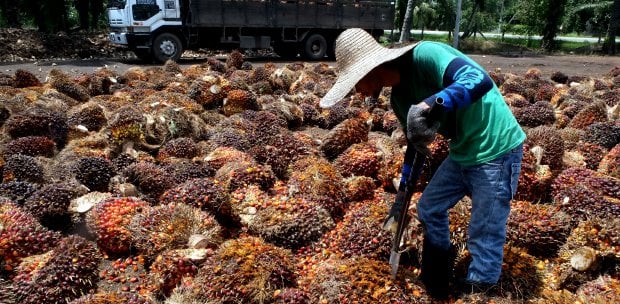JULY 28 may mark the beginning of the end of mountain gorillas when the Democratic Republic of the Congo (DRC) begins the sale of oil and gas permits in the world's last habitat of the animal.
The area is also the site of the world's largest tropical peatland, which The Guardian reckons stores three years' emissions from fossil fuels. Besides being home to wildlife, the area is a great climate regulator. But the crude curse seems to have reached the DRC.
According to a July 15 op-ed by Dr Simon Lewis, a professor of global-change science at University College London, in The New York Times, the government of DRC "speculates" that up to 16 billion barrels of oil may lie under the forest.
Professor Lewis, who led the team which identified the world's largest peatland in 2017, expects nothing less than a catastrophe to happen when the area is opened up to oil companies. Undisturbed, the forests are havens for wildlife. Again undisturbed, the waterlogged swamps keep commercial hunters and illegal loggers away.
Oil prospecting is a very destructive business. Kilometres of corridors have to be cleared for seismic survey and drilling equipment to be brought to the sites. DRC is expected to auction 27 blocks, nine of which are said to be in the central basin of the rainforest region, covering 24 million hectares. And that is more land than the states of New York and Maine put together, says Professor Lewis. Laid bare like this, it will be a field day for poachers and illegal loggers. Wildlife will certainly face extinction and we humans, a climate catastrophe.
DRC may think that there are 16 billion barrels under the forest, but the 163-year old oil industry tells us that no one knows if there is oil until a well is drilled. Imagine destroying hectares of forest and peatland only to be greeted with dry well after dry well. It will be a tragedy for the DRC, wildlife and global climate.
In the unlikely event that one or a few wells strike oil, the economics of the venture will still be in question. Producing oil is one thing but transporting it to where it is required is another. Then again, not every discovery is a commercial find. Crude oil price may be US$102 today but DRC shouldn't hope for it to last forever. DRC is no Saudi Arabia.
Besides, would crude oil discovery in such a remote location be commercial? Unlikely. There are other downsides as well. Using data from drilling in the Peruvian Amazon rainforest, Professor Lewis finds that for every barrel of oil brought to the surface, three barrels of toxic waste water are produced.
A sure way to poison wildlife and people. In one study conducted there quoted by the NYT op-ed, 99 per cent of children living in the oil producing areas were found to have beyond the safe-limits of cancer-causing cadmium in their blood. DRC needs the money. Of the 90 million people there, 45 million survive on less than US$2 a day.
There is only one way to stop DRC from knocking on the doors of oil companies. And that is for the international community to pool their resources to fund DRC for looking after the Congo Basin for the rest of the world. After all, it is a guardian of our global commons.





